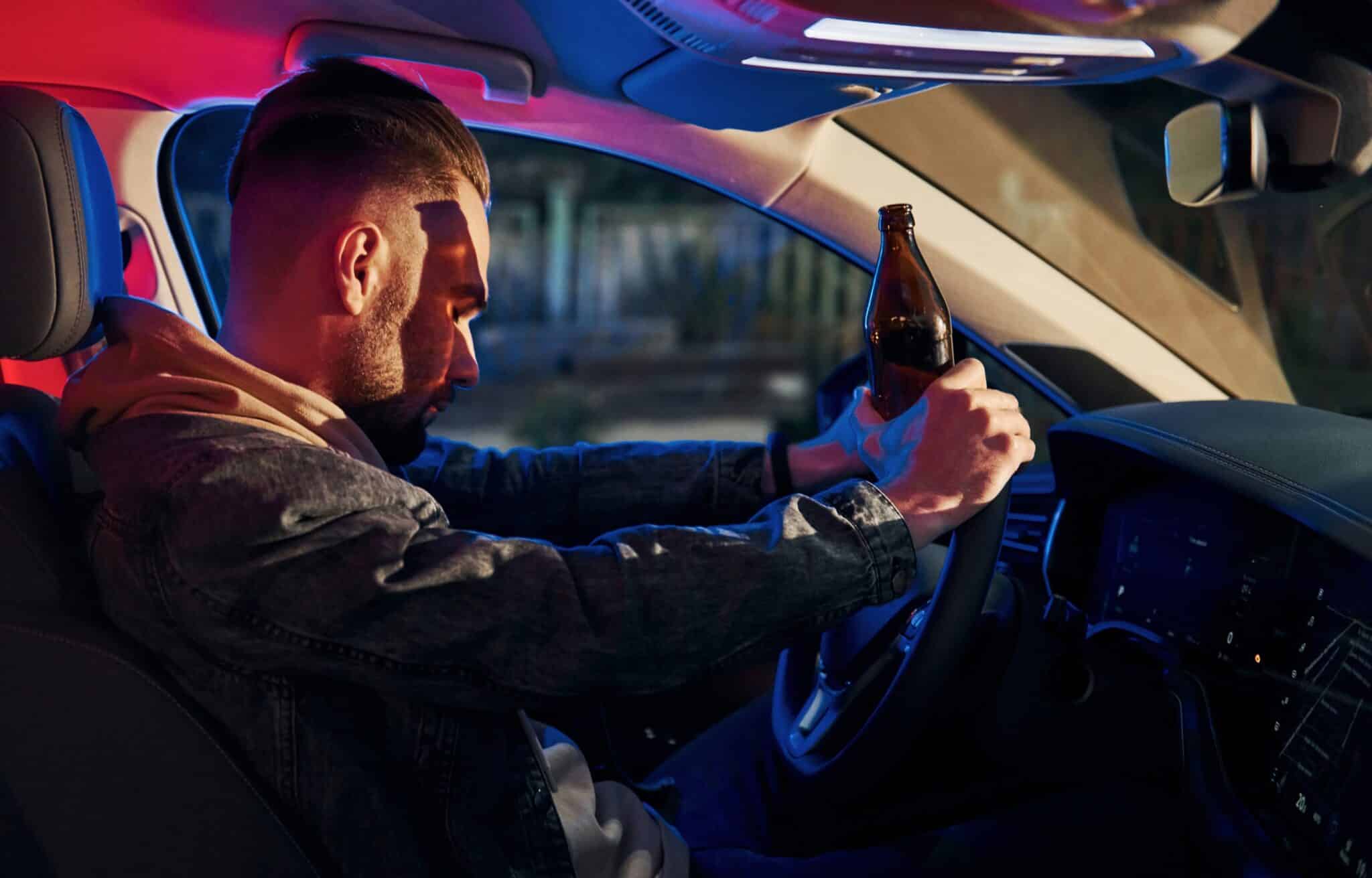Being pulled over for driving under the influence (DUI) can be a harrowing experience. As…
What to Do at a DUI Checkpoint and How It Helps Prevent Drunk Driving Accidents – Guest Post

DUI checkpoints, also known as sobriety checkpoints, are a common tactic used by law enforcement agencies across the country to identify impaired drivers and prevent alcohol-related accidents. While some drivers may view these checkpoints as an inconvenience, they play a crucial role in promoting road safety and deterring dangerous behavior behind the wheel.
By understanding your rights and responsibilities at a DUI checkpoint, you not only protect yourself legally but also contribute to a safer driving environment for everyone. These checkpoints aren’t just about catching offenders, they’re about creating a culture of accountability and awareness.
What Happens at a DUI Checkpoint?
When approaching a sobriety checkpoint, you’ll usually see road signs, cones, flashing lights, and uniformed officers indicating the checkpoint ahead. Police may stop every vehicle or use a systematic approach, like stopping every third or fifth car.
Here’s what typically takes place:
- Initial Interaction: An officer will approach your vehicle and ask for your driver’s license, vehicle registration, and proof of insurance.
- Observation: While you’re gathering your documents, the officer will observe for signs of impairment, such as bloodshot eyes, the smell of alcohol, slurred speech, or difficulty responding to simple questions.
- Secondary Screening: If an officer suspects impairment, you may be asked to pull over for further evaluation. This could include field sobriety tests or a breathalyzer test to determine blood alcohol content (BAC).
For most drivers who are sober and cooperative, the process is quick and uneventful.
Know Your Rights at a Checkpoint
DUI checkpoints must follow legal guidelines to protect citizens’ constitutional rights, particularly those related to the Fourth Amendment’s protection against unreasonable searches and seizures. Courts have ruled that checkpoints are legal as long as they meet certain criteria:
- Minimal Intrusion: The stop must be brief and non-invasive.
- Advance Public Notice: Law enforcement agencies are typically required to announce upcoming checkpoints to maintain transparency and legality.
- Systematic Operation: Officers must follow a neutral pattern for stopping vehicles (e.g., every third car) rather than making random decisions.
As a driver, you should be aware of your rights:
- You have the right to remain silent: You are not obligated to answer questions about where you’re coming from or whether you’ve consumed alcohol.
- You can refuse field sobriety tests: In many states, these tests are voluntary. However, refusing a chemical test (like a breath or blood test) after arrest can carry penalties such as license suspension.
- You may legally avoid the checkpoint: If you can safely turn around before entering a checkpoint without violating traffic laws, doing so is not illegal, though it may draw attention.
Knowing your rights can help you remain calm and collected during the interaction, even if the situation feels intimidating.
When Prevention Fails: Support for Victims
Despite the preventative intent behind DUI checkpoints, impaired driving accidents still happen. Every year, thousands of people are injured or killed due to the reckless decisions of intoxicated drivers. Victims of these accidents often face overwhelming physical, emotional, and financial burdens.
While criminal charges are typically filed against the at-fault driver, victims may also need to pursue civil claims to recover compensation for medical bills, lost wages, pain and suffering, and other damages. This is where legal guidance becomes essential. A knowledgeable attorney who specializes in DUI-related injury cases can help investigate the accident, work with insurers, and advocate for full compensation on behalf of the victim.
Navigating these complex situations without professional support can be difficult, especially when the legal process overlaps with medical recovery and emotional healing.
The Purpose of DUI Checkpoints
The primary goal of DUI checkpoints is deterrence, not punishment. By setting up highly visible and strategically placed stops, law enforcement agencies aim to discourage people from driving under the influence in the first place.
According to the National Highway Traffic Safety Administration (NHTSA), checkpoints are proven to reduce alcohol-related crashes and fatalities. Studies show that well-publicized sobriety checkpoints can lead to a 9–20% reduction in alcohol-related collisions.
The effectiveness lies in the visibility. When drivers know that law enforcement is actively looking for impaired motorists, they’re more likely to think twice before getting behind the wheel after drinking. This can lead to more responsible decision-making, like using a rideshare service or designating a sober driver.
How to Stay Prepared and Stay Safe
Whether or not you’ve ever encountered a DUI checkpoint, it’s wise to stay informed and prepared. Here are some tips to help you handle future stops with ease and avoid impaired driving altogether:
- Plan ahead: If you’re attending an event where alcohol is served, arrange for a sober driver, taxi, or rideshare service in advance.
- Keep your documents handy: Having your license, registration, and proof of insurance accessible can help you move through the checkpoint quickly.
- Be respectful: A calm and courteous attitude toward officers will help keep the interaction smooth.
- Understand your rights: Knowing what you are and aren’t required to do will help you make informed decisions if you’re stopped.
- Spread awareness: Talk to family and friends, especially young or inexperienced drivers, about the importance of avoiding impaired driving and how to handle a checkpoint encounter.
Driving Toward Safer Roads
DUI checkpoints are more than just a temporary inconvenience. They are a proven public safety measure aimed at reducing preventable tragedies caused by impaired drivers. By approaching these stops with an informed mindset and supporting efforts to prevent drunk driving, we all play a role in creating safer roads.
If you or someone you know has been affected by a drunk driving crash, seeking legal and emotional support can be a critical step toward healing. Whether you’re a driver, passenger, or pedestrian, awareness and responsibility can make a lasting impact.
